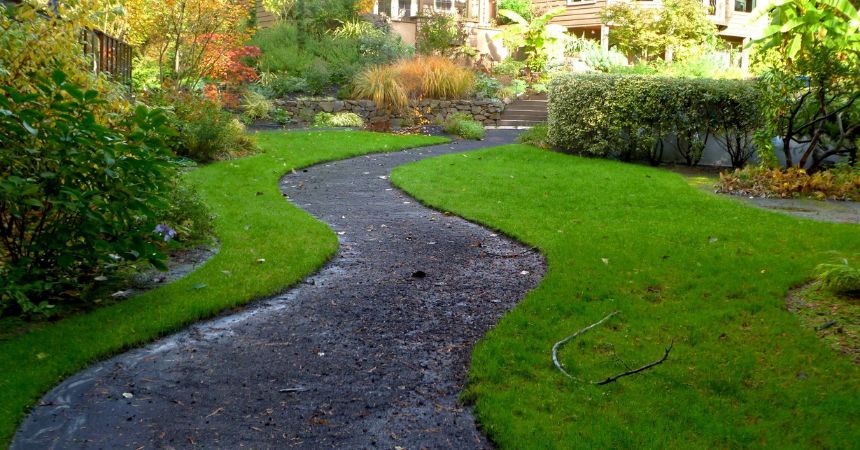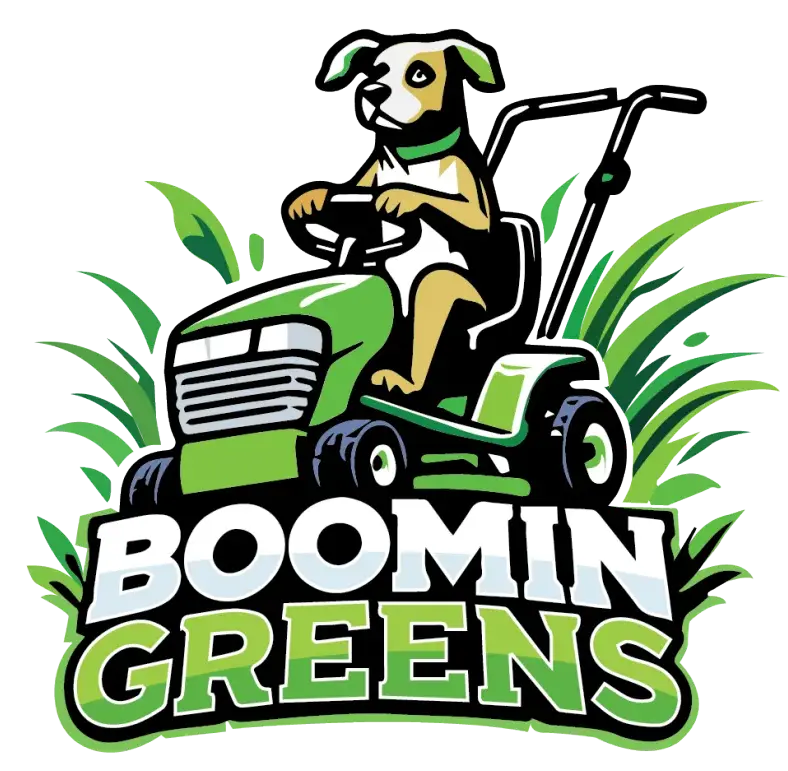Yard Cleanup and Leaf Removal Guide
Yard cleanup and leaf removal is a seasonal practice of clearing fallen leaves, plant debris, and other organic matter from lawns, gardens, and landscaped areas to maintain turf health, prevent disease, and support environmental sustainability.
While the activity may seem purely aesthetic, researches show that proper leaf management directly influences soil quality, turf vigor, biodiversity, and water quality in surrounding ecosystems.
The Virginia State University Agriculture Division states that excessive leaf accumulation can block sunlight, reduce airflow, trap excess moisture, and smother turfgrass. These are the conditions that foster fungal diseases and weaken root systems.
Unmanaged leaf litter can also release significant amounts of nutrients (phosphorus and nitrogen) into streams and lakes during rainfall events, according to the U.S. Geographical Survey (USGS) study. Once these nutrients enter waterways, they can block sunlight for aquatic plants, clog fish gills, reduce oxygen levels, and in some cases, lead to the production of harmful toxins that pose risks to wildlife and human health.

What Is Leaf Removal?
Leaf removal involves collecting and disposing of fallen leaves. The leaf removal process may involve manual raking, leaf blowers, vacuum systems, or mulching mowers. The leaf removal services can include leaf removal, debris hauling, sweet gum removal, leaf Mulching, and more.
Leaf removal is typically needed when the natural decomposition of leaves is no longer in balance with the surrounding environment. In natural forests, leaves break down in place, returning nutrients to the soil. In managed landscapes, however, the volume of leaves can exceed what the soil and turf can process without negative effects, prompting intervention.
Leaf removal is often discussed alongside leaf management, a broader term that includes recycling leaves through mulching or composting rather than simply removing them. While the two terms are sometimes used interchangeably, removal refers specifically to the act of taking leaves away from their original location, whereas management includes strategies to repurpose them.
Since removal and management are both responses to seasonal leaf drop, understanding them together provides a complete view of how to maintain healthy landscapes while also addressing environmental concerns such as nutrient runoff and habitat disruption.
The need for leaf removal arises when fallen leaves accumulate faster than they can naturally break down. Factors include high leaf fall density, wet conditions, and turfgrass species.
The most common sources of excess leaf accumulation:
- Dense tree canopies: producing large volumes of leaves in a short time.
- Wind-blown deposits: where leaves collect in drifts or corners of a property.
- Persistent wet weather: slowing natural breakdown and encouraging mold growth.
- Non-native tree species: whose leaves may decompose more slowly.
What are the Types of Leaf Removal Strategies
The primary strategies for leaf removal include full removal and disposal, mulching, composting, curbside collection, and on-site leaf recycling.
- Full Removal and Disposal: Leaves are collected via raking, leaf blowers, or vacuum systems and transported for municipal curbside pickup or disposal at a yard waste facility. This is often required in cities with strict leaf litter regulations.
- Mulching: Leaves are shredded using a mulching mower into fine particles that decompose into the soil, returning nutrients and improving soil organic matter. Michigan State University Extension notes that mulching can reduce the need for synthetic fertilizers.
- Composting: Leaves are added to compost piles or bins, often mixed with grass clippings or other “green” material, to create nutrient-rich compost for gardens.
- Curbside Collection: Many municipalities offer seasonal pickup, either in biodegradable bags (bagged collection) or through mechanical vacuum trucks (bagless collection).
- On-Site Leaf Recycling: Leaves are relocated to garden beds, under trees, or other areas as mulch to protect soil, conserve moisture, and suppress weeds.
Whether it’s simply collecting leaves or mulching into the turf, leaf removal is considered a key component of seasonal lawn care and is often regulated by local yard waste disposal ordinances.

Why Is Leaf Removal Important for Your Yard?
Removing leaves from your yard is essential to protect turfgrass health, improve soil conditions, and reduce environmental risks. When thick layers of leaves remain on the lawn, they can block sunlight and restrict airflow, leading to weak or dead grass. The University of Minnesota reports that excess leaf cover can smother turf, promote snow mold growth, and create ideal conditions for other fungal diseases.
From a soil health perspective, decomposing leaves in thick mats can create overly moist, compacted conditions. Penn State University notes that this can disrupt soil microbial balance and hinder root development.
Leaf removal also helps manage pests. According to the Missouri Botanical Garden, piles of leaves can harbor insects, rodents, and other pests that may damage turf and ornamental plants.
Clearing leaves from your yard ensures your grass gets the sunlight, airflow, and soil conditions it needs to grow while reducing disease and pest problems.
What Is Curbside Leaf Removal for Your Yard?
Curbside leaf removal service collects leaves placed along the curb. Many cities schedule these services in late fall when most deciduous trees have dropped their leaves.
According to the City of Madison Engineering Division guidelines, curbside leaf removal aims to prevent leaves from entering storm drains, where they can contribute to nutrient pollution in local waterways. The U.S. Environmental Protection Agency (EPA) notes that decomposing leaves in stormwater systems release phosphorus, fueling algal blooms that harm fish and aquatic plants.
The Minnesota Pollution Control Agency (MPCA) encourages residents to keep their curbside clean and not dump leaves into ditches or waterways, as this protects both turf health and water quality.
What Is Bagless Leaf Removal for Your Yard?
Bagless leaf removal is a method where you use a leaf blower and tarp, vacuum, and loader to remove leaves directly from the yard.
According to the City of Ann Arbor, bagless collection helps reduce plastic waste, speeds up the pickup process, and allows leaves to be transported more efficiently to composting or mulching facilities. The Illinois Environmental Protection Agency also highlights that eliminating plastic bags prevents contamination of compost piles, ensuring higher-quality mulch and compost products.
Benefits of bagless leaf removal include:
- Environmental efficiency: No bag waste, reducing landfill impact.
- Time savings: Faster for crews to collect large leaf piles.
- Better composting outcomes: Leaves break down naturally without contamination from synthetic materials.
What Is the Effect of Leaf Removal on Your Lawn?
Removing leaves from your lawn prevents them from forming thick layers that can block sunlight, trap excess moisture, and smother turfgrass. According to the University of Minnesota, allowing leaves to accumulate over winter can lead to snow mold, promote fungal diseases, and cause bare spots by depriving grass of oxygen.
Moderate leaf coverage, when mulched into fine pieces with a mower, can be beneficial. The Michigan State University notes that mulched leaves decompose into organic matter, adding nutrients such as nitrogen back into the soil and improving overall soil health.
Key effects of proper leaf removal:
- Improved lawn health: Reduced risk of fungal diseases and turf suffocation.
- Better spring growth: Grass receives sufficient light and air circulation.
- Enhanced soil fertility (if mulched): Leaves return valuable nutrients to the soil.
Complete removal prevents turf damage, while mulching offers a sustainable way to feed your lawn naturally.
